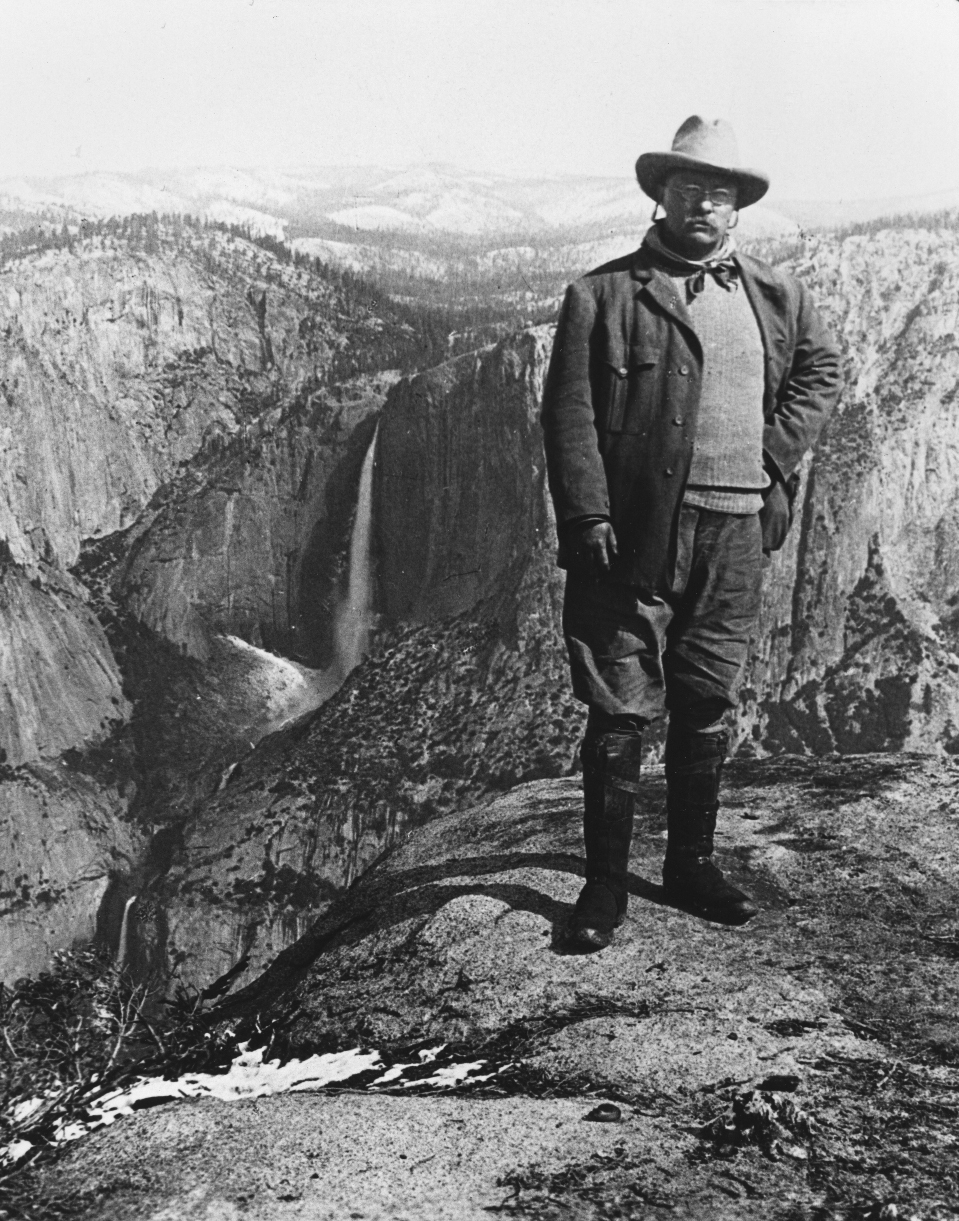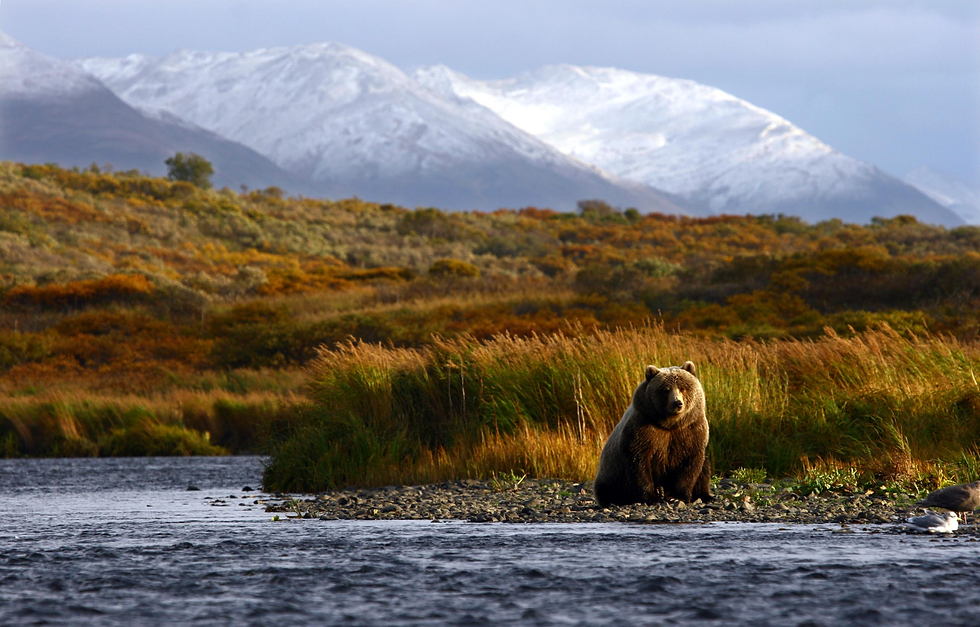History of Wildlife Refuges
- bigoaksfriendsgroup
- Feb 13
- 3 min read

Hello all! This blog posting was requested by non-other than Joe Robb, the Project Manager at Big Oaks National Wildlife Refuge. I am happy to present a brief summary of monumental moments surrounding wildlife refuges in the United States.

In 1903, President Theodore Roosevelt established Pelican Island National Wildlife Refuge which was the first addition of today's National Wildlife Refuge System. At the time, it was just considered a Federal Bird Reserve, but it would later be known as the first wildlife refuge established. Roosevelt would go on then to establish over 50 wildlife sanctuaries during his time as President.

In 1906 Roosevelt would pass the Antiquities Act which was crafted to protect national monuments and artifacts. Today there are two national monuments and five marine national monuments that the US Fish & Wildlife Service manage within the Refuge System.

In 1907 the New York Zoological Society shipped 15 bison to Wichita Forest and Game Preserve in Oklahoma in order to save them from extinction. This preserve would later be known as Wichita Mountains Wildlife Refuge.

In 1908 Roosevelt established the National Bison Range in Montana. This was the first time that the US Congress had used tax dollars to buy land to conserve wildlife. In 2020 ownership changed and today this refuge is managed by the Confederated Salish and Kootenai Tribes (sa-lish and koot-ney) that are historically and present day from the surrounding area.
I attended college at University of Montana, just an hour from the range and visited there many times. The Salish and Kootenai tribe are wonderfully managing this refuge, and I hope to see indigenous peoples managing more wildlife in the future.

In 1929 the Migratory Bird Conservation Act is passed which states that refuges are to be managed as 'inviolate' sanctuaries for migratory birds. Basically, stating refuges will be safe havens for migratory bird species.

In 1933 President Franklin D. Roosevelt creates the Civilian Conservation Corps which work on projects from 1933-1941 that built infrastructures at more than 50 wildlife refuges.

In 1934 the Wildlife Refuge System gains its famous blue goose symbol under short management from Jay Norwood as the Chief of Bureau of Biological Surveys. This symbol was created by a cartoon artist by the name "Ding" or J.N. Darling.

In 1966 the National Wildlife Refuge System Administration Act is passed. This is the first piece of law that is written establishing the National Wildlife Refuge System.

In 1980 the National Wildlife Refuge System gets expanded by more than 53 million acres of land. This is done through the passing of the Alaska National Interest Lands Conservation Act that was signed by President Jimmy Carter.

In 1993 the 500th wildlife refuge was added in West Virginia. This was the Canaan Valley National Wildlife Refuge.

In 1997 the National Wildlife Refuge System Improvement Act is passed that strengths the mission statement of the Wildlife Refuge System and adds some important amendments to the 1966 National Wildlife Refuge System Administration Act.

In 2009 the Brown Pelican is deemed a recovered species. This is monumental because they were the species that inspired the first wildlife refuge to be established back in 1903.

This ended up being much longer that I had imagined but all informative non the less, I hope you learned something new while reading.
-Sierra




























Comments